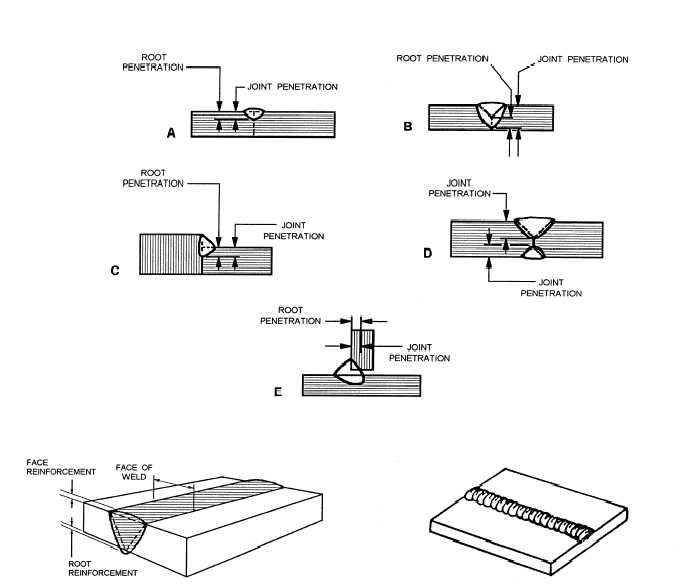
Figure3-10. - Root penetration and joint penetration of welds.

Figure 3-11. - Weld reinforcement.
often referred to as the "included angle" between the parts to be joined by agroove weld.
The groove radius is the radius used to form the shape of a J- or U-groove weld joint. It is used only for special groove joint designs.
The root opening refers to the separation between the parts to be joined at the root of the joint. It is sometimes called the "root gap."
To determine the bevel angle, groove angle, and root opening for a joint, you must consider the thickness of the weld material, the type of joint to be made, and the welding process to be used. As a general rule, gas welding requires a larger groove angle than manual metal-arc welding.
The root opening is usually governed by the diameter of the filler material. This, in turn, depends on the thickness of the base metal and the welding position.

Figure 3-12.-Simple weld bead.
Having an adequate root opening is essential for root penetration.
Root penetration and joint penetration of welds are shown in figure 3-10. Root penetration refers to the depth that a weld extends into the root of the joint. Root penetration is measured on the center line of the root cross section. Joint penetration refers to the minimum depth that a groove (or a flange) weld extends from its face into a joint, exclusive of weld reinforcement. As you can see in the figure, the terms, root penetration and joint penetration, often refer to the same dimension. This is the case in views A, C, and E of the illustration. View B, however, shows the difference between root penetration and joint penetration. View D shows joint penetration only. Weld reinforcement is a term used to describe weld metal in excess of the metal necessary to fill a joint. (See fig. 3-11.)
Continue Reading